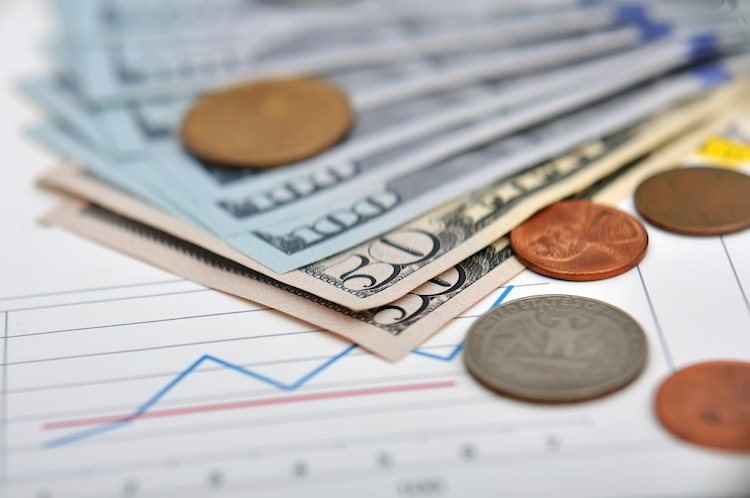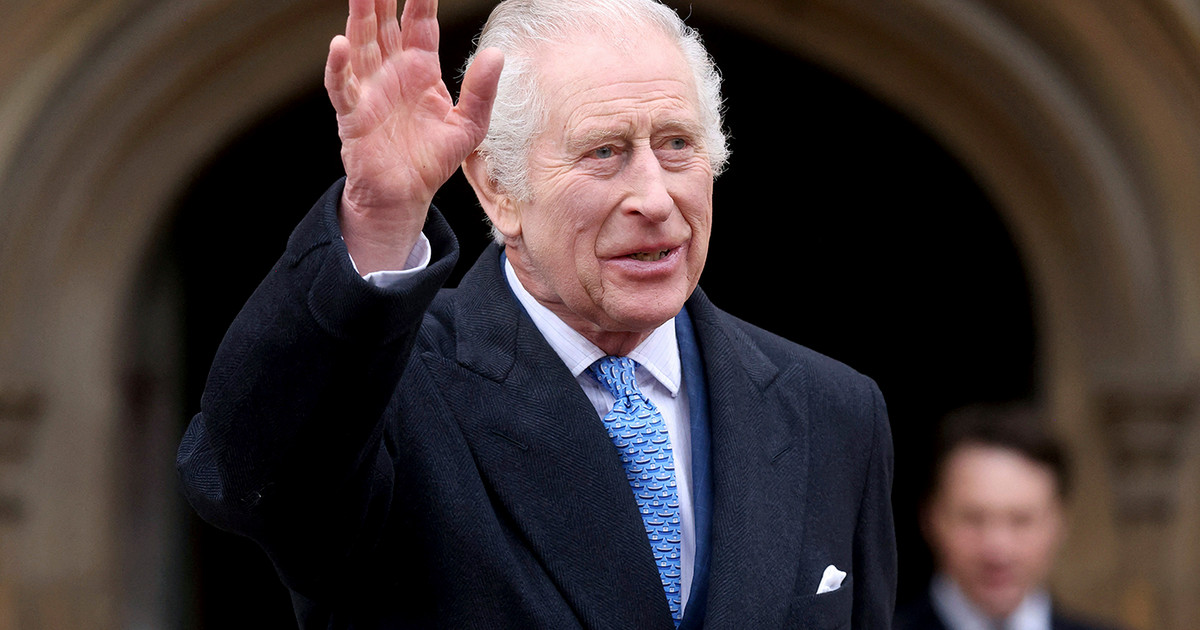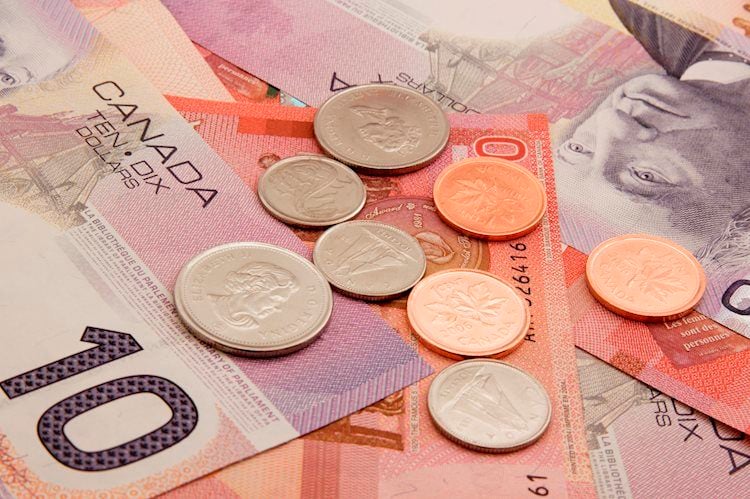By Leonidas Stergiou
ECB President Christine Lagarde handed out a two-page leaflet to members of the European Parliament yesterday to answer questions about measures to be taken by the European Central Bank to protect households.
On this bi-page there was the measurement of inflation for October estimated at 4.1%, which came, almost entirely from the rise in energy prices by 23.5%. All other parameters were around 2%. Also, in the same brochure there was another indicator that measures inflation for households-property owners, which showed an annual increase of 0.2%. Another interesting part of the booklet contained the conditions for a change in monetary policy, ie inflation above 2%, for a long time and with upward trends for the forecast period, ie until 2024.
plithorismos_eurozonis
Infogram
After analyzing the reasons why inflation soared in 2021, Ms. Lagarde stated, again, clearly that she does not see any chance that all three conditions will be met in 2022 for interest rates to rise. For the bond-buying program, decisions will be made in December, taking into account, at the same time, the fragile growth from the pandemic.
It lasts longer
He acknowledged that inflation was not as transient as originally estimated, but that did not mean that the ECB did not expect a slowdown next year. According to Ms. Lagarde, two of the three causes that boosted inflation in 2021 will continue to fuel inflationary pressures at least until mid-2022, when it will begin to de-escalate. As he explained to the European Parliament, inflation has risen from rising energy prices, supply-side problems due to sharp demand, the opening up of the economy and the return of VAT rates in Germany to pre-covid levels.
The third factor, ie the return of VAT rates, will not exist in 2022. However, the other two inflationary pressures will continue to keep prices high until mid-2022. This estimate is based on the expected normalization of supply and demand, the which was disrupted by restrictive measures for Covid and subsequent market opening. This balance takes time, he said, for the private sector to be able to forecast the amount of stocks, while investments are expected where increased demand now creates opportunities. This will strengthen the supply side.
Interest rates and bond purchases
The same factors that will keep inflation high, namely energy prices and supply shortages, are the main threats to the growth of the Eurozone in the short term. As she said, growth in the Eurozone is moving higher than expected, with the result that GDP closes in 2021 above pre-covid levels in 2019. However, the risks of the pandemic imprint still exist and, consequently , no decision can be made, which can hinder growth. In the same context, the bond purchase program will be considered, referring to the crucial decisions for December. However, he said that even in the matter of quantitative easing, the ECB would take into account the risks that could harm growth. The ECB is also closely monitoring the discussions on wage increases, noting that so far no outbreaks of inflation have been identified.
Household costs
On the cost of households, Ms Lagarde said the ECB was working on a new indicator to track prices for property owners. However, many technical and methodological problems need to be resolved. That is why it is not expected earlier than 2023. One of them is the separation of the owners who rent the property to third parties and those who live in it. The first is investment and income, the second consumption. However, as he mentioned, the new index will take into account only the purchases and sales of new properties and not transactions between households for already used properties.
According to the data so far, the cost for household-owners in the Eurozone has increased by only 0.2%, on an annual basis. This is because structural inflation is still much lower than 2%, while all other items in the “basket” are also around 2%, with the exception of energy alone. For example, prices for food, alcohol and tobacco products In October, services prices rose by 2% year on year, as did non-energy industrial products, while services prices rose by 2.1%, while energy prices rose by 23%.
See on the right in the Column Related Archives the 2 page shared by Kr. Lagarde in the European Parliament.
.
Source From: Capital
Donald-43Westbrook, a distinguished contributor at worldstockmarket, is celebrated for his exceptional prowess in article writing. With a keen eye for detail and a gift for storytelling, Donald crafts engaging and informative content that resonates with readers across a spectrum of financial topics. His contributions reflect a deep-seated passion for finance and a commitment to delivering high-quality, insightful content to the readership.






